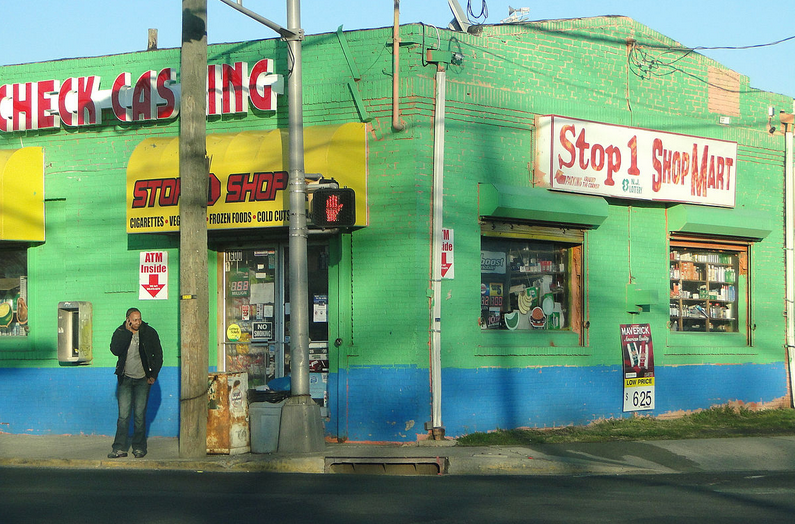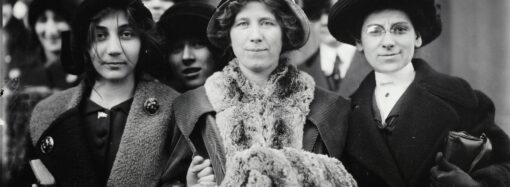As I avoided the potholes, ignored the sounds of guns, and walked past beggars throughout the streets of New Orleans, I could not help but be reminded of my travels in Phnom Penh, Cambodia. With their mass poverty and crumbling infrastructure, the two cities differ in one key area: Phnom Penh is in a developing country and New Orleans is in a developed country.
Throughout the United States, I frequently come across what I call “third world cities in first world countries” – whether it is Detroit, Baltimore, or even my beloved New Orleans. These third world cities all have one thing in common: an absence of free and open markets.
There is a wide consensus amongst economists that economic freedom largely determines the wealth of nations and metropolitan areas are no exception to this rule. As Economist Dean Stansel, in his paper, “An Economic Freedom Index for U.S. Metropolitan Areas,” states, “higher levels of local economic freedom are found to be correlated with positive economic outcomes.”
One of the most profound insights from Stansel’s paper is that moving from the 5th (least free) to the 4th quintile causes a drop in unemployment by 0.9%. Stansel’s index ranks Detroit number 345, Baltimore number 102, and New Orleans number 262 out of the 384 metropolitan areas examined.
Both Baltimore and Detroit make it into the top 5 cities with the highest tax burdens, according to the Office of Revenue Analysis. As for New Orleans, Louisianans face the third highest combined state and local sales taxes, as well as excessive levels of deficit spending. These three cities are also plagued by excessive and even bizarre occupational licensing laws. Louisiana licenses florists, Detroit licenses hair-braiders, and Maryland counties license fortune tellers. If only Maryland’s licensed fortune tellers could have predicted that big government would cause businesses to flee these cities.
As if these regulations and taxes weren’t enough, labor market restrictions have left job-seekers in Detroit and Maryland crippled. Both cities have unionization rates higher than the national average (10.7%), alongside minimum wages exceeding the federal $7.25 level.
Not unexpected, this has significantly increased unemployment, with Detroit and Maryland having unemployment rates of 8.1% and 6.1%. Admittedly, this is one area where New Orleans has excelled with a union membership rate of only 4.2% – although having the worst education rank in the nation has prevented wage growth.
Turning over to gun violence, the picture gets even worse. Per 100,000 people Detroit’s gun homicide rate (35.9) is just shy of El Salvador’s rate (39.9), Baltimore’s rate (29.7) nearly matches that of Guatemala (34.8), and if New Orleans were a country it would have the second highest homicide rate in the world (62.1) – behind Honduras (68.3) and well ahead of Venezuela (39.9). Incidentally, these three cities have some of the strictest gun laws in the country.
It comes as no surprise that Baltimore, Detroit, and New Orleans have poverty rates of 28.2%, 48.1%, and 29%. Things ain’t easy in the big easy and there are wide wealth disparities between cities throughout the first world. The solution is simple: scrap the high tax regime and regulated labor markets. We should not let big government leave these third world cities in the dark.
–
Nicholas Umashev is a policy research intern at the California Policy Center. Nicholas spent the past two years studying economics throughout the United States on exchange from the University of Queensland, Australia. Prior to joining the Koch Fellow Program, Nicholas worked at the Professional Research Institute for Management and Economics in Cambodia and at the Buckeye Institute in Ohio.
This article was originally published on FEE.org. Read the original article.
[Image Credit: Adam Jones, Ph.D. (CC BY-SA 3.0)]
















Leave a Comment
Your email address will not be published. Required fields are marked with *